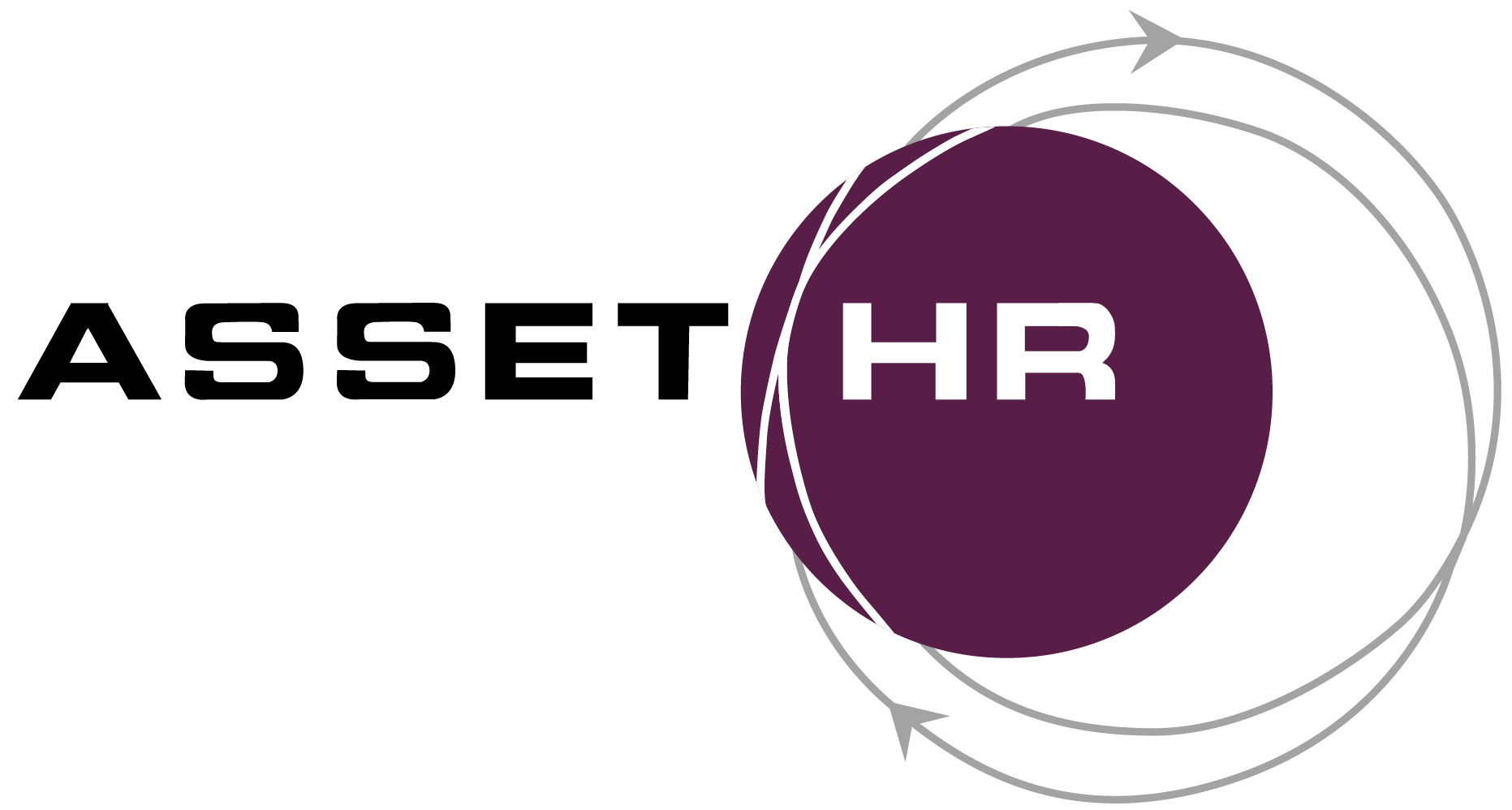3 Tips to Build Organizational Agility into Your HR Department

Today’s businesses must operate in an increasingly frenzied environment. Companies face changes in technology, regulatory issues, and an evolving workforce, all of which create pressure to adapt.
Such changes demand greater agility from every department, especially human resources (HR). Below are 3 tips to build and maintain organizational agility in your HR department, helping you navigate any terrain.
Be Proactive in Anticipating Trends and Needs
If we’ve learned anything from the COVID pandemic, it’s that American organizations are wildly unprepared for change. This proved to be true at the height of the pandemic and was further apparent with the “Great Resignation” that soon followed, where American workers quit en masse to search for better jobs.
It’s important for organizations to anticipate trends and needs that impact the workforce. Granted, no one has a crystal ball, but industry and trade publications can be a valuable source of data to help HR managers understand which way the wind is blowing.
For example, you might gain insight into the reasons why workers are so apt to leave a stable job in search of a new one. Understanding the “why” question can help you adapt your company to create a competitive advantage — ideally, one that attracts and retains star talent.
In other words, being proactive is a greater advantage than being reactive. Reactive organizations can be great at damage control, but they often don’t get in gear until the damage is done. Proactive organizations, by contrast, are able to adapt early and navigate unfamiliar terrain with relative ease.
Focus on People Development
The best leaders will always put people over processes. Both are important, to be sure, but people will still be with you if your process should fail.
Practically, this has meant that businesses are placing a higher premium on developing their employees, providing them opportunities to learn new skills and take greater ownership of company culture.
Millennials and Generation Z may be particularly attracted to this model, as these younger generations tend to look for a sense of purpose and not merely a paycheck. The payoff is that your employees are more satisfied, engaged, and able to bring a greater level of energy to your company as a whole.
This developmental approach also extends to the benefits package you offer your workers. Health insurance and retirement benefits have become standard, so some companies are gaining a competitive edge through non-financial benefits, such as wellness programs, bike-to-work initiatives, and more.
All of these efforts go a long way in emphasizing the unique value of each employee and ensuring their full participation in company culture.
Set a Course and Stay Focused
More and more, it’s important for HR professionals to serve as leaders and not just managers. Management involves the allocation of resources and response to problems. Leadership refers to the foresight to see the road ahead and devise a strategy for reaching the right destination.
HR leaders should be fearless when it comes to devising a strategy. Think about your company. What are its strengths? What are its weaknesses? What is the nature of your workplace culture? You’ll need to implement a strategy that addresses these core questions and may even alter the workplace culture itself.
HR directors should also be fearless when it comes to maintaining that strategy. When challenges arise, it’s tempting to jettison your original plan and slip into crisis management mode. But that can be unwise. Now, more than ever, you should stick to your values and strategy and remain steadfast in the face of rapid change.
At the same time, there are situations when HR professionals should consider adapting their strategy based on unforeseen events. Every organization is different, so HR personnel will need the wisdom to know when to maintain their course and when a course correction is in order.
The best leaders make small changes early and lead teams through the evolution without getting lost in the details.
Setting the Right Course
Do you need help in setting the right course for your company? Contact AssetHR today to discuss how we can help create and implement a stronger human capital management strategy that’s focused on what today’s employees truly care about.

